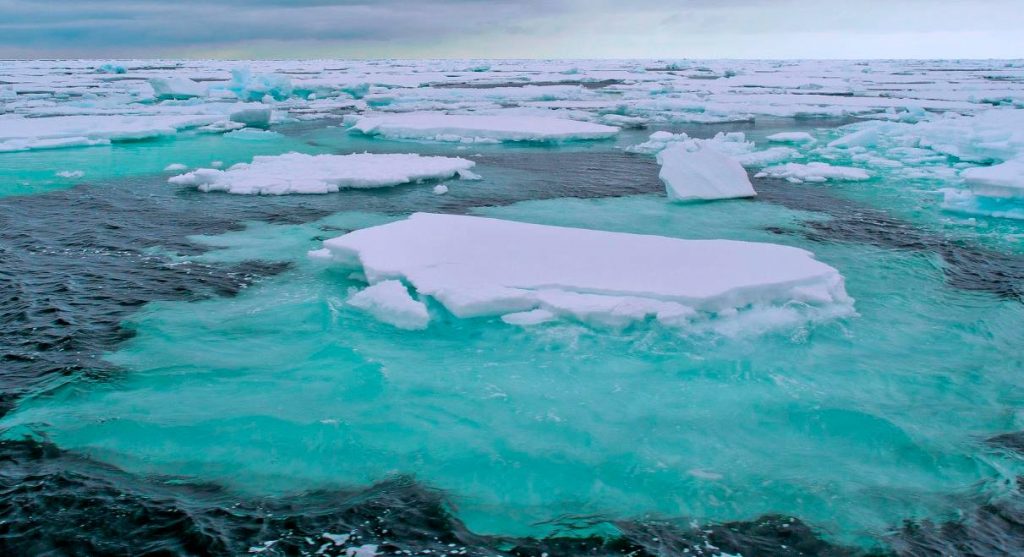
The process of global warming has been a known concept to many people. Our planet has been affected by global warming, which has been occurring steadily for several years. However, the question is, are you familiar with all the details it includes? Global warming is so much more than just higher temperatures and melting icebergs.
As the planet warms, bacteria and viruses that have been long dormant under thick layers of ice are waking up as the ice melts. This can lead to the release of diseases that can be harmful to humans. If that doesn’t sound terrifying, then keep reading for more details on what this could mean for the future of the human race.
Humans have lived side-by-side with bacteria and viruses for many years. For the past century, we have been in a bit of a stalemate in the battle against viruses.
Since the discovery of antibiotics, bacteria have slowly but gradually developed resistance against them, causing the battle to continue. But what happens when we are exposed to viruses that we haven’t seen for thousands of years (or never at all)?
As climate change continues to melt permafrost soil, ancient bacteria and viruses are being released into the environment.
In 2016, a 12-year-old boy lost his life, and 20 others were hospitalized after being infected with anthrax. Presumably, a reindeer that was infected with anthrax 75 years ago died, and its frozen carcass had been trapped under the ice. Then during a 2016 heatwave, the frost thawed. When the reindeer’s corpse came into contact with water and soil, anthrax was released. This led 2,000 grazing reindeer to become infected, leading to human cases.
This is unsettling because this probably isn’t an isolated case. Frozen permafrost is a great environment for bacteria to remain active for long periods of time. Melting ice could potentially lead to the opening of a pandora’s box of diseases. Evolutionary biologist Jean-Michel Claveire explained that permafrost is the perfect preservation for microbes and viruses because it’s cold, dark, and there’s no oxygen.
He explained that there are pathogenic viruses that can infect humans. These might be preserved in old permafrost layers ‘including some that have caused global epidemics in the past,’ he said. This leads to the question: What else could possibly be buried beneath the ice? For instance, scientists have found fragments of RNA from smallpox discovered in corpses buried in mass graves under the Alaskan tundra.
In 2005, NASA scientists found bacteria that had been trapped in a frozen pond in Alaska for 32,000 years. The microbes–called carnobacterium pleistocenium – have been around since mammoths walked the earth. Once the ice melted, they began to swim around, apparently unaffected.
Following that, scientists revived an 8-million-year-old bacterium that had been long dormant under a glacier in the Beacon and Millions Valley of Antarctica. During the same study, bacteria that was over 100,000 years old was revived as well.
Not all bacteria can come back to life after thousands of years under the ice. Anthrax is able to do so because it can create spores that are strong and can survive being frozen for a long period of time.
In 2014, scientists discovered two viruses that had been under the Siberian permafrost for 30,000 years. They were known as Pithovirus Sibericum and Mollivirus Sibericum, and they are both considered ‘giant viruses.’
They were discovered 100ft underground and are ‘giant viruses’ because they are so large they can be seen under a regular microscope. They become infectious very quickly. Luckily, they can only infect single-celled amoebas.
However, this study still suggests that other viruses, which are harmful to humans, can also revive in the same manner. Viruses from the first humans to populate the Arctic could also emerge. For example, viruses from species such as Neanderthals and Denisovans.
This means that the concept that a virus can be removed from the planet is not correct and gives us a false sense of security. This is why it’s important to keep stock of vaccines–just in case.
Many bacteria that can affect humans have been found in the ice, but they have also been found in other places as well. In 2017, NASA found 10-50,000-year-old microbes within crystals in a mine in Mexico. The bacteria was found trapped inside small fluid pockets of the crystal. Once they were removed, they revived and began multiplying. It’s possible that this could be a new species. Older bacteria were found in a cave in the Lechuguilla Cave in New Mexico. Found 1,000ft underground, they haven’t seen the surface in over 4 million years.
Should we be concerned about these things?
Well, since the risk of these permafrost pathogens is unknowable, we should focus on the more pressing threats of climate change. For example, as the Earth continues to warm, northern countries will be at risk of outbreaks of malaria, cholera, and dengue fever as these pathogens thrive in a warm climate.